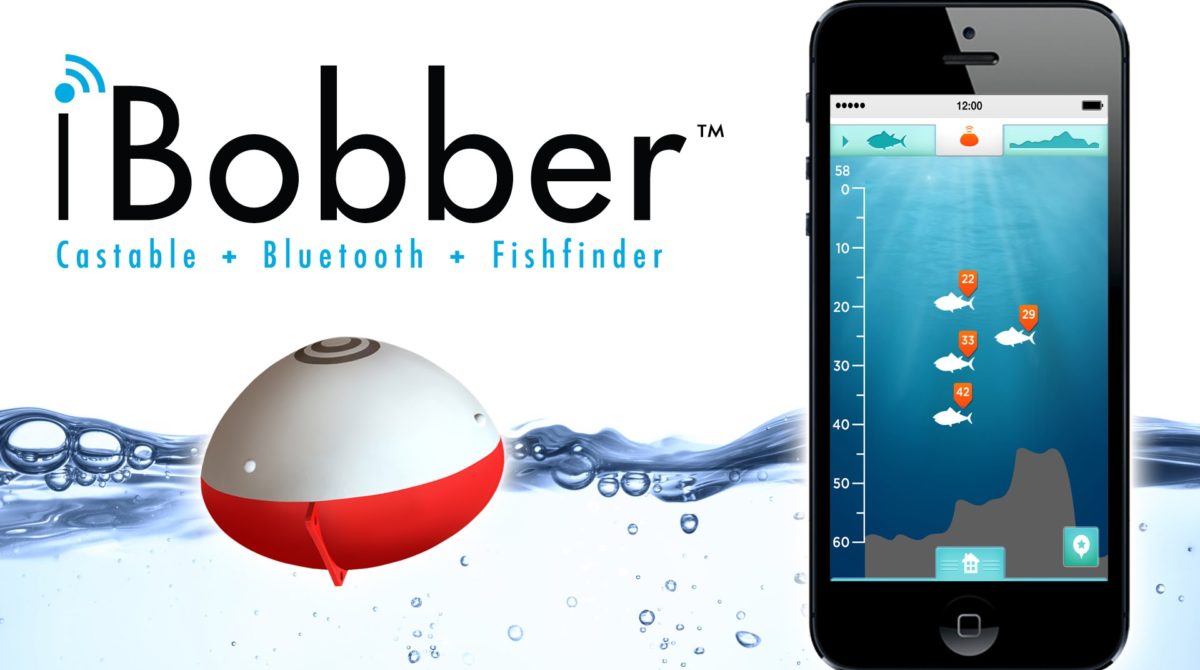One of the most important factors to catch the Mighty SliverKing (Tarpon) is fresh bait. There are a number of live baits that work, but here in Key west, a fresh lively Pinfish rarely gets refused.
In order to catch pinfish you have to know where to look for them. They are very prolific and easy to catch once you find them. Pinfish live will move around a lot, but a great depth to find them is 3ft-10ft. You are going to want a soft, grassy, dark bottom. Don’t look for them over sandy, white bottom.
tarpon fishing for them ranges from hook and line to traps to cast nets.
First we will go over the hook and line method. This is a great way to catch and keep them fresh and lively. Although it is a little more time consuming as you will be catching them one at a time most often. First anchor your boat over that soft, grassy bottom in the appropriate depth. You are going to want some current wherever you are. Deploy a chum bag off the back, the bag should be small to medium mesh. Now give it 5-10 minutes. If they are there you will start seeing them in your slick pretty quick. If after 10ish minutes nothing shows up, or lots on small snappers show up, move on. Your tackle should match for these small baitfish. You are not going to need an expensive outfit, just any K-Mart 6-10 pound rod and reel will do. You can tie the hook right to the mainline, no leader is necessary. Your hook should be a small gold colored baithook, no much bigger than your fingernail. Tip the hook with a small piece of shrimp or squid and drift it back in your chumslick. If it is not getting dowm in the water colonm you can use a small splitshot sinker right above the hook. This is not BassFishing, so you don’t have to set the hook with much force, just reel down and lift up. Once you have your pinfish on get him in the boat. They fall off a lot once out of the water, so hold them over the boat. That way if it does fall off it is going to fall in the boat. If it doesn’t fall off and you are going to De-Hook it, be careful. They are called Pinfish for a reason. They should be put in your livewell as soon as possible, to prevent de-scaling. A great way to de-hook is with a “de-hooker”. You can pick on up at your local tackle shop.
If you are good with the cast net, you can also catch them with it. Once they a “chummed-up” behind your boat, you can throw the net on them. Your net is going to need to be heavily weighted, medium mesh. This type of net will sink fast. Pinfish are extremely fast and if your net sinks to slowly, you are going to miss a lot. This is a great way to catch a lot in a little time. Only problem here is the net really beats up the bait. A lot of bait will be de-scaled from the net.
The third way, and my favorite is the “Pinfish trap” Very easy and all you do is set it out at night and pick it up in the morning full of fresh pinfish. There are a few types of traps on the market, but not all are created equal. My favorite for Key West Tarpon fishing is the none coated wire traps. You DO NOT want to buy a trap with plastic coating on it. They do not catch as well. Also the trap needs to be weighted and look for the one with weights already in the bottom. A good quality bungee over the door is also a must. I have found that some bungees don’t last long and well, all you bait will swim right out. Tie about 10-12ft of line to the top of you trap with a float attached. The float can be anything from an empty water bottle to a lobster trap float. Just don’t make it look so obvious, they can “disappear”. Bait your trap with a block of chum or any fish carcass. Set it in the same areas as the other methods. Remember to bungee the top and it should catch all you need for the next day of Tarpon Fishing in Key West.
Good Luck catching and see you on the water
http://www.articlesbase.com/fishing-articles/how-to-catch-bait-for-tarpon-fishing-in-key-west-3325034.html
